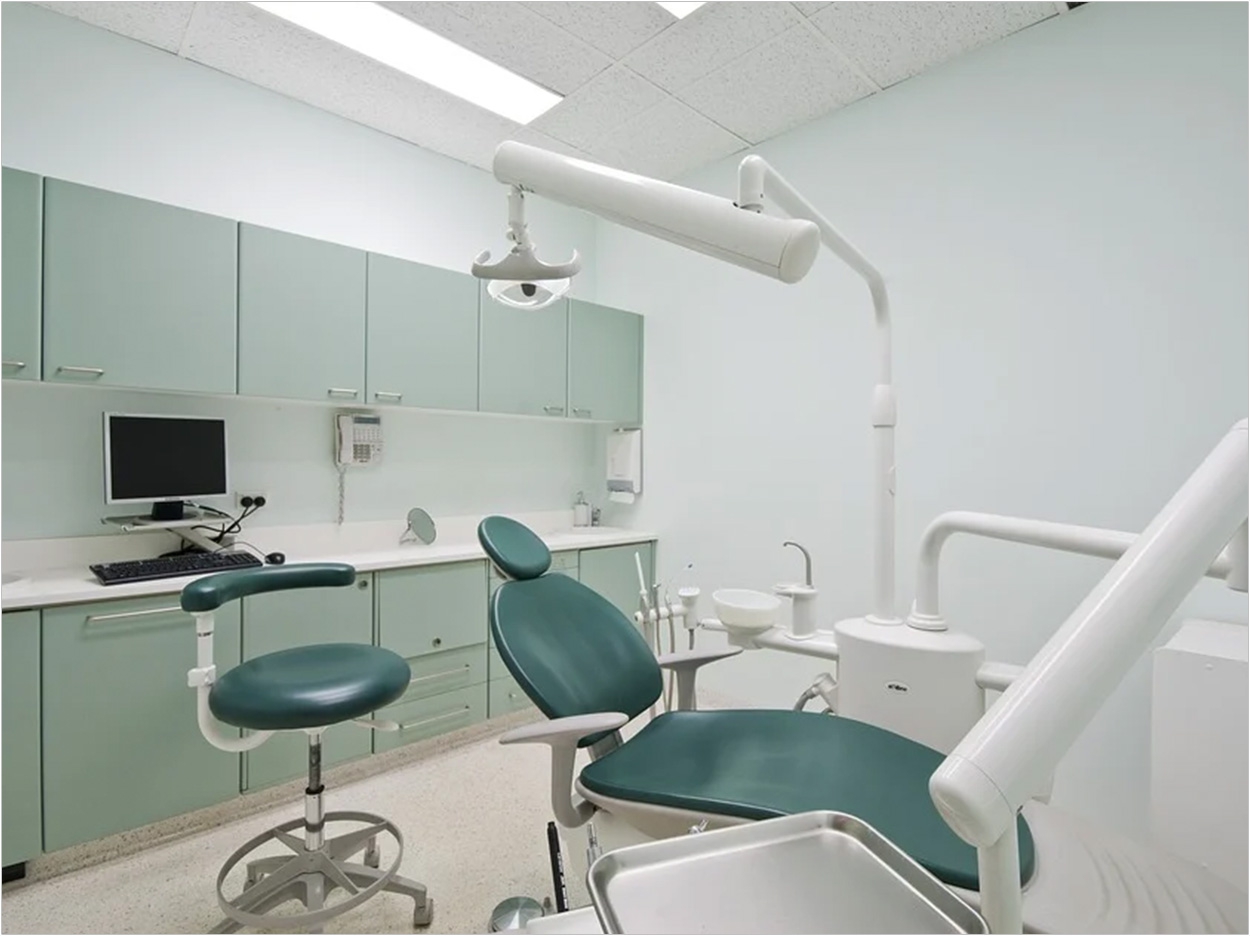
March and April 2020 were bad months for dentistry, as most practices were closed to all but emergency treatment. Crunching the numbers in its database of private healthcare claims, FAIR Health found that the use of privately insured dental services fell 75% in March and 79% in April compared to the same months the year before.
When states began to lift restrictions on treatment in May, dental service utilization still declined compared to the previous May, but only by 27%. In June, there was a 1% increase in utilization compared to June 2019. In other findings:
- Between January and June 2020, patients 22 years old and younger accounted for a larger percentage of dental services than in the same months the year before. Patients younger than 14 and patients between the ages of 14 and 22 each accounted for 2% more than in January through June 2019.
- From June 2019 to June 202, changes in dental service utilization varied greatly by age group. The youngest (22 and younger) and oldest (55 and older) age groups increased in utilization, while those in the middle (ages 23 to 54) decreased.
- All 50 states in March and April 2020 exhibited some degree of decrease in dental service utilization compared to the corresponding months in 2019. The five largest decreases were in the Northeast and Midwest. The five smallest decreases were in the West in March and in the West and South in April.
- In June 2020, many states showed an increase in dental service utilization from the previous June, while other states decreased. The five largest decreases were in the Northeast and Midwest, and the five largest increases were in the West and South.
- From March and April 2019 to March and April 2020, comprehensive oral evaluations for new or established patients fell from eighth or ninth place among the most common dental procedures to tenth or twelfth.
- Other procedures rose in utilization. Problem-focused, limited oral evaluations rose from eleventh place in March and April 2019 to fifth place in March 2020 and fourth place in April 2020.
- The unspecified preventive procedure, which was recommended for use to seek payment for the cost of additional personal protective equipment, rose from three-hundred and sixty-sixth place in June 2019 to fourth place in June 2020.
- For problem-focused, limited oral evaluations, all age groups increased above their June 2019 levels. For comprehensive oral evaluations for new or established patients, no age group recovered to the level of the previous year’s utilization.
- From January and February 2020 to March and April 2020, dental caries (tooth decay or cavities) rose from fifth to fourth most common dental-related diagnosis presenting in urgent care centers and emergency rooms.
“The COVID-19 pandemic has had a profound impact on the healthcare system, including the dental industry,” said FAIR Health president Robin Gelburd.
“As with past studies in our COVID-19 series, FAIR Health presents this information in the hope that it will be useful to stakeholders throughout the healthcare sector, particularly dentists and other oral healthcare providers, as well as payors, policymakers, and researchers,” Gelburd said.
Related Articles
School Closures Cut Off Low-Income Kids’ Access to Oral Healthcare
BDA Raises Alarm Over Year-Long Waiting Times
ADA Says Dentistry’s Recovery Has Leveled Off












